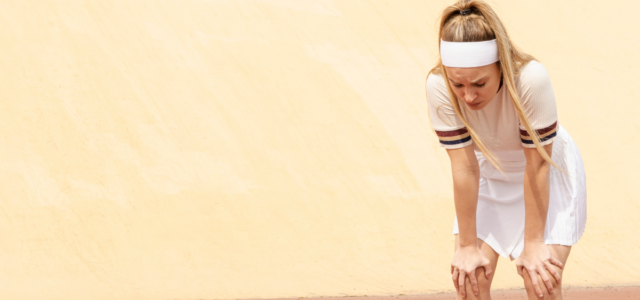
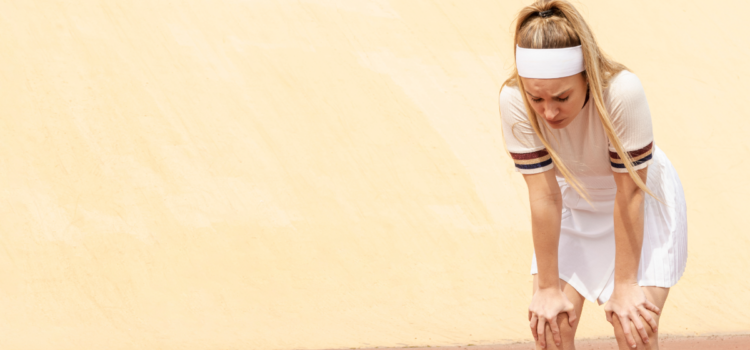
Summer Sees Spikes In Sports Injuries: How Athletes Can Avoid Injury
BlogNewsNewsTickerOutdoorProduct Reviews/Top Ten Lists/Resources/TipsStaffPicks May 17, 2025 Lauren Keating 0

As temperatures rise and outdoor activity ramps up, so does the risk of sports-related injuries over the summer. From sprained ankles on the soccer field to overuse injuries among runners and cyclists, medical professionals report a notable increase in emergency room visits and physical therapy appointments this upcoming season.
The youth population is also at an increased risk for summer injuries, including trampoline falls, bicycle crashes, and sports collisions.
“We want to encourage outdoor play for our children, especially to balance the natural desire for screen time. However, with more outdoor playtime, less supervision, and increased participation in camps or summer sports, children are naturally more exposed to risk during summer break,” said Caroline Scott, PT, DPT, PCS, at Brooks Rehabilitation.
According to a report from SafeHome, approximately 200,000 children suffered injuries that sent them to local emergency rooms last year.
These “everyday accidents” can lead to more serious health complications if gone untreated.
“Families may be told to ‘watch and wait’ after a child gets hurt, but especially after a head injury, subtle symptoms like trouble concentrating, headaches, or slurred speech can indicate a more serious issue that needs intervention from a rehabilitation expert.”
Broken bones or sprains might sound like typical youth accidents, especially for active athletes. But medical experts warn that failing to seek timely care can lead to long-term complications in development, mobility, and cognition.
For athletes of all levels, this trend underscores the importance of preparation, recovery, and injury prevention strategies.
According to experts, football has the highest number of injuries when it comes to contact sports. Rugby also has a high number of injuries.
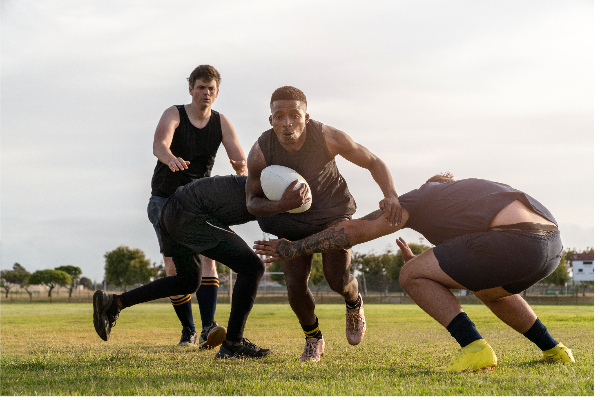
Photo: Freepik
“Contact injuries are mostly unavoidable. There may be an argument that if someone was ‘stronger’ or ‘more powerful,’ it may help build resilience towards the contact that could lead to an injury,” Austin Frohnappel, PT, DPT, certified sports therapy specialist at Brooks Rehabilitation Center for Sports Therapy, said. “Noncontact injuries, on the other hand, have a much better chance at being prevented with a progressive and specific strength and conditioning program that targets the athletes’ deficits.”
The lack of structured training or supervision during the summer months can contribute to the rise in sports injuries.
“Any time there is a chance for a program to be specific versus generalized to the individual, there is a significant improvement in injury prevention and overall performance,” Frohnappel said. “When training is generalized, there is typically a lack of compliance and accountability for the athlete. They may not ‘buy in’ to the lack of specificity of their deficits or needs.”
The following tips can help athletes be proactive about injury prevention in the summer:
Hydrate: Contact sports demand high exertion—drink water regularly to prevent cramps, heat exhaustion, and dehydration.
Prioritize Warm-Ups & Cool-Downs: Dynamic stretching and gradual intensity build-up reduce the risk of muscle strains and joint injuries.
Wear Proper Gear: Use well-fitted, sport-specific protective equipment—even during practice.
Train Smart in the Heat: Train during cooler hours (early morning or evening) and take frequent breaks in the shade.
Focus on Recovery: Contact sports strain the body—prioritize sleep, nutrition, and rest days to prevent overuse and fatigue-related injuries.
Recognize Warning Signs: Don’t ignore dizziness, excessive fatigue, or pain—report symptoms early to prevent serious setbacks.
By staying prepared and alert, athletes in contact sports can train hard and stay injury-free through the summer.





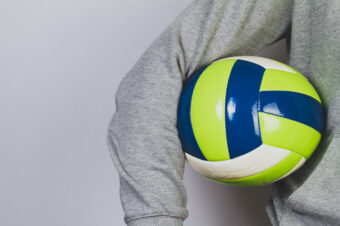
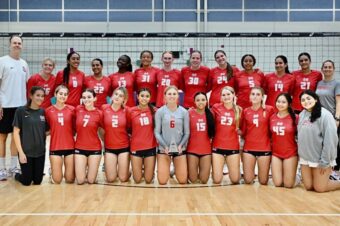
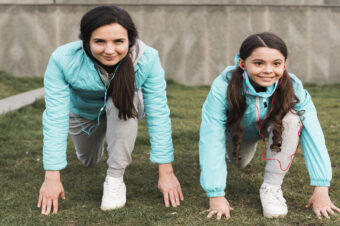
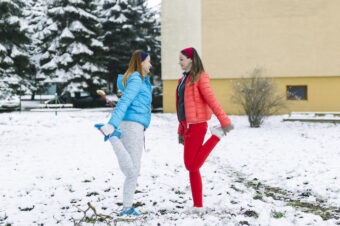
No comments so far.
Be first to leave comment below.